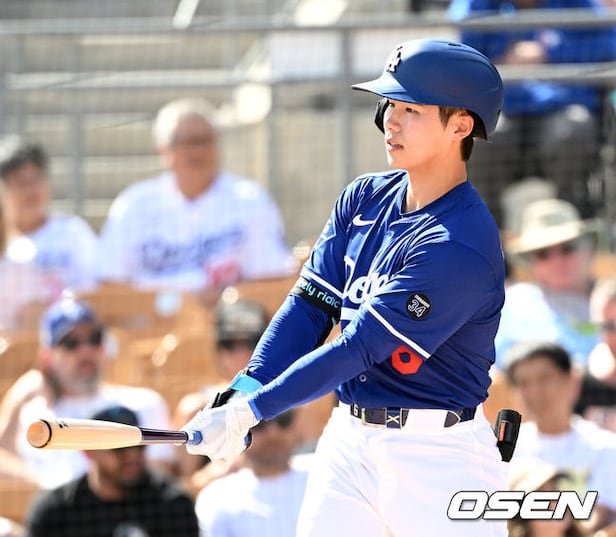SPORTS INFO DASH
Sports Info Dash is your all-in-one hub for real-time sports updates, live scores, in-depth match stats, player profiles, and breaking news across football, basketball, tennis, and more. Stay ahead with the latest in global sports action.
Understanding Batting Average: Its Importance in Baseball Performance
Sports Info Dash

Batting average remains one of the most widely recognized statistics in baseball. Fans, players, and coaches alike use it to measure a hitter’s consistency and effectiveness. But what exactly does batting average reveal, and how does it impact a player’s value on the team?
What Is Batting Average?
Batting average is a straightforward statistic that shows how often a player gets a hit during their official at-bats. It’s calculated by dividing the number of base hits by the number of at-bats:
Batting Average = Hits ÷ At-Bats
For example, if a player secures 25 hits in 100 at-bats, their batting average stands at .250. A higher average usually indicates greater consistency at the plate.
Why Batting Average Matters in Baseball
A good batting average is a key indicator of a player's ability to contribute offense. While modern analytics now take into account on-base percentage (OBP) and slugging percentage (SLG), batting average still provides a quick glimpse into a hitter’s capability.
Take Kim Hyesung, for example. Recently, during his season with the Oklahoma City Dodgers’ Triple-A team, his batting average changed after a few tough games. According to a recent article, his average dropped from .257 to .252 following a hitless outing. This subtle shift can influence a player's overall evaluation and impact decisions about advancement to major league rosters.
How Batting Average Is Used in Player Evaluation
Teams use batting average to assess both individual players and lineups. For example, Kim Hyesung’s performance is often compared to other potential call-ups to the Dodgers. One in-depth piece explains how Hyesung’s batting average, alongside his on-base percentage and slugging, suggests he’s maintaining league-average output. It also highlights his defensive skills and speed, which make him a valuable, versatile player—even if his batting average isn’t among the top in the league.
The Bigger Picture: Batting Average and Other Stats
Although batting average tells us how often a batter gets a hit, it doesn’t account for walks or extra-base hits. That’s why it’s often interpreted along with other statistics like on-base plus slugging (OPS) and stolen bases. In the Pacific Coast League, Kim Hyesung’s blend of a .263 batting average and elite speed puts him among the leaders, even when he’s not hitting home runs every week. His stolen bases and 100% success rate show that a player’s all-around impact can extend beyond the batting average.
Recent Trends and Achievements
It’s essential to note that a slight dip or rise in a player’s batting average can attract attention. For instance, a 3-game hit streak can push an average up, while a few hitless games can cause a decrease. This makes the stat both dynamic and easy to track for fans who want to follow a player's progress throughout the season.
Final Thoughts
Batting average continues to offer a valuable snapshot of a player’s offensive performance in baseball. While it’s just one part of a larger story—including on-base skills, power, and speed—understanding this metric helps provide context for every at-bat. Whether you’re following rising talents like Kim Hyesung or keeping tabs on your favorite team, batting average remains at the heart of baseball analysis. Keep an eye on this number, but remember: it’s not the whole story, just the beginning.